Craft a successful RFI for your RMC tender process with clear timelines and communication strategies. Find the perfect RMC partner for your global mobility needs efficiently.

Discover how to craft an effective request for information (RFI) for your Relocation Management Company (RMC) tender process
As more and more companies are going through an official tender process to choose their relocation management company (RMC) it is more important than ever that your Request for Information (RFI) sets up your company for a successful Request for Proposal (RFP). An RFI (Request for Information) is used to gather information about potential suppliers at the early stages of the procurement process. This will help you assess the global mobility market landscape. In contrast, an RFP (Request for Proposal) requests detailed proposals from qualified suppliers for specific projects or requirements, outlining pricing, timelines, and deliverables. By effectively utilizing RFIs, organizations can streamline their processes, drive efficiency, lower costs, and ultimately result in a stronger partnership with the chosen RMC.
To start drafting the RFI, a timeline must first be established. This involves setting clear deadlines for RFI issuance, supplier submissions, evaluation, and decision-making, allowing sufficient time for each step. Additionally, companies should establish a strategy for effective communication with potential suppliers to foster transparency and collaboration throughout the RFI process. This may include hosting pre-submission meetings, allowing for questions from participants, providing clarification on submitted questions, and maintaining open lines of communication to address any queries or concerns promptly.
To determine what to ask in the RFI, we encourage organizations to start with industry best practices. These serve as guidelines to ensure your tender is asking the right questions. Some common requirements and objectives may include:
1. Scope of Services
- Review your policy and program types, such as permanent moves, long-term assignments, core/flex, tiered, lump sum, etc.
- Detailed breakdown of the services required, such as immigration services, temporary accommodation, destination services, household goods moving, etc.
- Specific requirements for employee relocation, including executive relocations, group moves, and individual transfers.
- Need for additional services such as language training, cultural orientation, spouse/partner support, etc.
2. Geographic Coverage
- Coverage areas needed for relocation services, including regions, countries, or specific cities where employees are being transferred. You can include historical data as well.
- Locations for your internal mobility team, so the account management team can ensure coverage
- Capability to provide local support and expertise in destination countries, including compliance with local regulations and cultural considerations.
3. Technology and Reporting
- Requirements for technology platforms to manage the relocation process, track employee progress, and provide real-time reporting.
- Integration capabilities with existing HR systems or platforms used by the corporation.
- Data security and compliance measures to protect sensitive employee information
4. Supplier Qualifications
- Experience and expertise in providing relocation and global mobility services to corporations of similar size and complexity.
- Certifications, accreditations, and industry affiliations demonstrating expertise and compliance with industry standards.
- References and case studies showcasing successful client engagements and outcomes (optional – can be saved for the RFP)
Information on quality assurance, service level agreements, cost structure, and pricing are customarily reserved for the RFP vs. RFI.
The next step in crafting an RFI is determining the evaluation criteria and scoring methods. This will allow you to objectively assess RFI responses and select the most suitable RMC for your organization. To do so, you must identify the most important factors of your mobility program. These may include RMC expertise, technology capabilities, geographic coverage, cost, and cultural fit. Then your team must assign weights or scores to each factor based on their relative importance.
These chosen criteria and scoring methods allow you to properly make informed comparisons between potential providers, identifying strengths, weaknesses, and points of differentiation. The goal of the RFI evaluation is not to determine an ultimate partner but to narrow down the list of potential suppliers for the RFP.
By following these strategies and best practices, organizations can trust that their RFI is the first step in an efficient procurement process. If you want to learn more about the bidding process in global mobility or would like to include MovePlus Mobility in your next tender for talent mobility and relocation RFI, contact us at info@moveplusmmobility.com.


